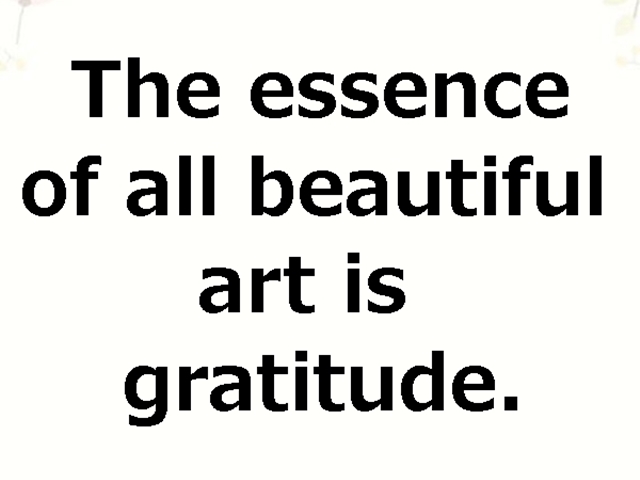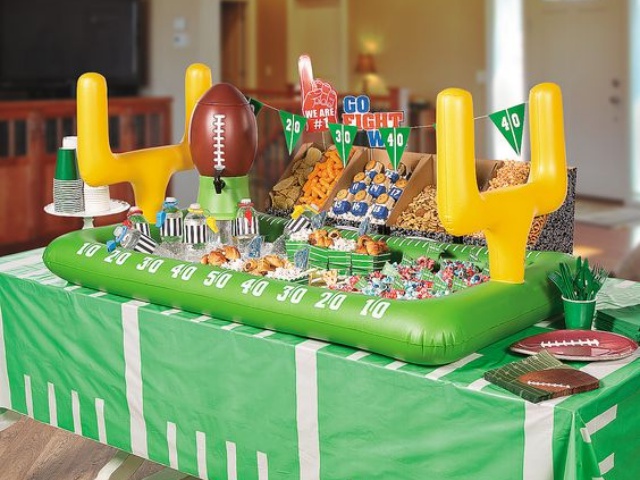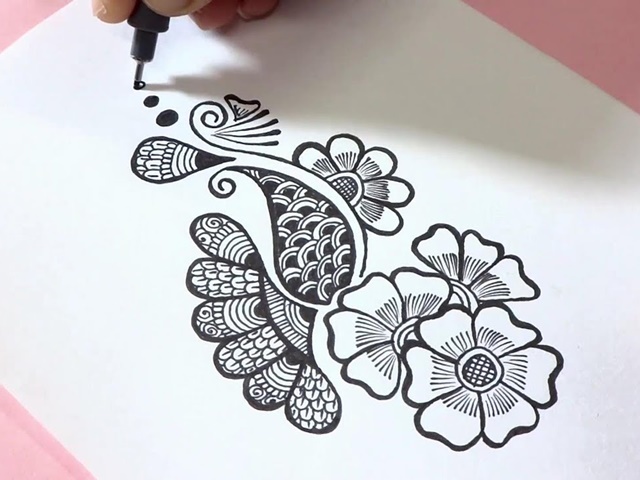Are you thinking about pursuing your art full-time? Here are eight tips for getting through life when selling art isn’t quite enough to pay the bills.
Has anyone ever told you to take what you love and find a way to make a living out of it?
While it’s good advice, it isn’t always easy to make a living supporting yourself from the income, or lack thereof, from art. The typical annual salary for artists in the United States falls between $45,000 – $61,000. This depends on the type of artist you are.
No matter how much you love creating art you need to ensure you have some way to pay the bills. Below we have eight tips on surviving life when selling art doesn’t quite cover the bills.
1. Don’t Go Into Debt
When the bills start piling up, it’s easy to fall into the trap of using credit cards with the thought process of “I’ll pay it back”. This is an easy trap to fall into and a dangerous one at that.
Avoid going into debt by limiting your weekly and monthly expenses. By budgeting how much your monthly bills are and any extra expenses, you can plan ahead and avoid using credit cards. If you do need to use a credit card, this will help you pay your bills without going into debt.
If you’re hurting and need help to pay your bills, online loans with no credit check are another option to consider.
2. Lower Expenses as Needed
While you begin to budget your expenses, lower them where you can. Do you have a brand new car with high car payments each month? Sell it and buy a good, used car instead. Not only will this save you car payments but you might get a car with better gas mileage, saving you on gas, too.
There are other ways to lower your expenses. Avoid splurging at Dunkin Donuts each morning. Instead, invest in a coffee maker and make your coffee to-go!
Although you deserve to splurge every now and then, these expenses add up at the end of the year. Lowering your expenses will help pay your important bills and even help give you a healthier lifestyle.
3. Teach Art
Although you may not create art 24/7, teaching others how to do so is a great way to make some income and inspire others. You don’t have to teach in schools, either. Many towns hold art workshops in arts and crafts stores — all you have to do is contact your local art store and see if they hold weekly sessions.
If you prefer to teach children, see if any elementary schools near you are hiring. You can work as a substitute, part-time, or full-time teacher. Some schools even offer after-school art programs.
Keep in mind you might need a teaching degree to teach in a school. If you already have one, prepare to face a competitive field, as it offers a stable income plus many benefits including health insurance, sick days, and paid vacation.
4. Become an Apprentice or Studio Assistant
While your career as a full-time artist may not be going as planned, there’s no reason you can’t continue to learn from other professionals. Working as an apprentice or studio artist will bring in some money while also teaching you more about your chosen craft.
Not only will you learn more about drawing art and painting, but you’ll learn about the lifestyle of being an artist. From traveling with them to art shows to learning what it takes to become an artist, you’ll gain experience in your field and connect with other artists.
5. Freelancing
Plunging into freelance work is always a great opportunity to get your artwork out there while getting paid for it. Check to see what freelance opportunities you can find, whether it’s book cover art or a magazine illustrator.
6. Art Exhibitions
While your main focus is making money to pay the bills at the end of the month, you always want to keep your creative juices flowing. Reserving a spot in an art exhibition is a great way to showcase your art and make money off it to boot.
Keep in mind certain galleries require your art to meet certain qualifications or a theme. You’ll need to submit a proposal, cover letter, and examples of your work to even be considered for a spot in the gallery as well.
7. Incorporate Art in Other Careers
Although you may love drawing and painting, there are other ways to incorporate art into different careers.
Keep in mind certain galleries require your art to meet certain qualifications or a theme. You’ll need to submit a proposal, cover letter, and examples of your work for consideration to secure a spot in the gallery.
8. Make Connections
No matter what you decide to do, whether it’s teaching art or becoming a photographer, make sure you talk about your art. You never know who you’re going to meet in your travels. Making connections is key to getting your art known.
One freelance job can get you a rare opportunity due to the connections you make within.
Tips to Pay the Bills when Selling Art
Making it as a full-time artist is hard work and something that few people achieve. While working as a traditional artist is rare, there are plenty of other options for you to choose from to make sure you make ends meet. Selling art at galleries and teaching art to others keeps your creative juices flowing and continues to improve your art in the process.
If you’re looking for more art-related inspiration, check out our website. Have questions about a specific article? Contact us — we’d love to hear from you!












